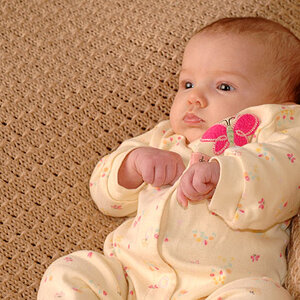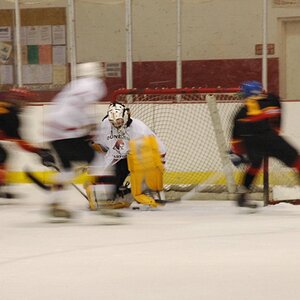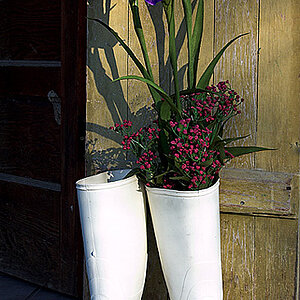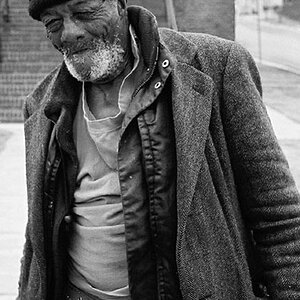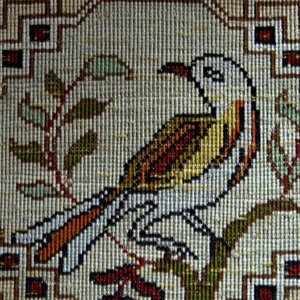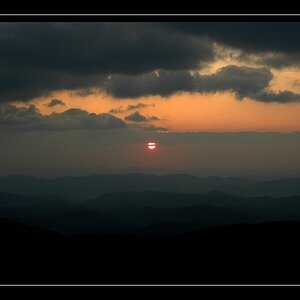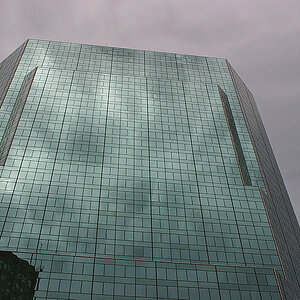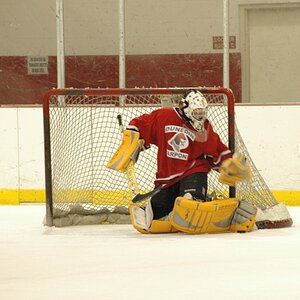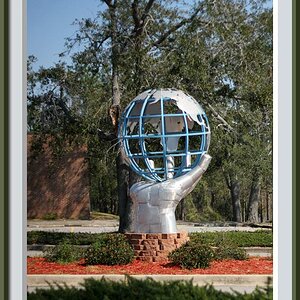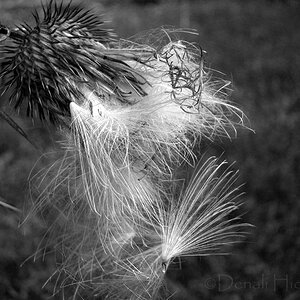Andreal
TPF Noob!
- Joined
- Jun 1, 2007
- Messages
- 60
- Reaction score
- 0
- Can others edit my Photos
- Photos OK to edit
Ok so im not 100% sure that its ppi causing my problem, but I think it is. Now I understand that ppi is the number of pixels that are in a inch of your image. But how do you work with it?
For example, today I decided I would try and border one of my photos to see how it looks and what effect it had on the image, and then if I thought the image good enough I planned to print it and show off my new found hobby .
.
I though to myself that a nice A3 image would be nice, so I went to photoshop, created a new document with the preset of A3 (which sets ppi to 300). Now I work on a 24" screen which SHOULD be slightly bigger than a A3 piece of paper. Only the newly created document was far bigger than my screen, I had it a 1/3 of its size just to fit it on the screen . The picture that I thought I would have to scale down to fit on the A3 piece of paper turned out to just be a small sqaure in the mass of white
. The picture that I thought I would have to scale down to fit on the A3 piece of paper turned out to just be a small sqaure in the mass of white 
So I guess my question is, how do you go about sizing things?
On a related note, how does ppi relate to dpi? It seems odd that you can print like 1400dpi when your image is only 300ppi, wouldn't this mean that the printer would just end up printing alot of dots of the exact same colour to make up for the lower number of pixels?
For example, today I decided I would try and border one of my photos to see how it looks and what effect it had on the image, and then if I thought the image good enough I planned to print it and show off my new found hobby
I though to myself that a nice A3 image would be nice, so I went to photoshop, created a new document with the preset of A3 (which sets ppi to 300). Now I work on a 24" screen which SHOULD be slightly bigger than a A3 piece of paper. Only the newly created document was far bigger than my screen, I had it a 1/3 of its size just to fit it on the screen
So I guess my question is, how do you go about sizing things?
On a related note, how does ppi relate to dpi? It seems odd that you can print like 1400dpi when your image is only 300ppi, wouldn't this mean that the printer would just end up printing alot of dots of the exact same colour to make up for the lower number of pixels?


